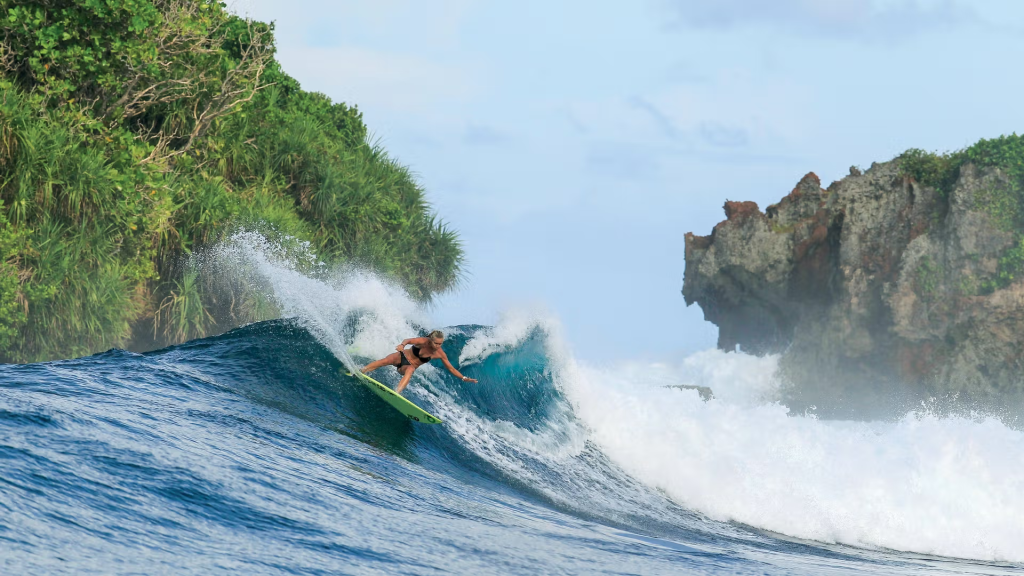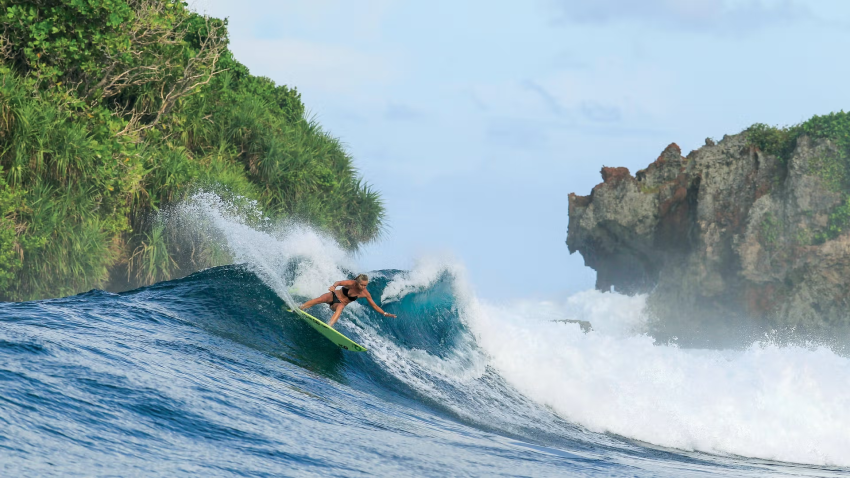The Philippines, an archipelago of over 7,600 islands, stands as one of Southeast Asia’s most captivating travel destinations. From pristine beaches with crystal-clear waters to lush mountain landscapes and vibrant cultural heritage sites, the country offers an incredible diversity of experiences for travelers. Whether you’re seeking adventure, relaxation, or cultural immersion, the Philippines provides countless opportunities to create unforgettable memories.
The Tropical Paradise of Palawan
Often hailed as the country’s “Last Frontier,” Palawan consistently ranks among the world’s most beautiful islands in international travel publications. Its extraordinary natural wonders have made it a must-visit for travelers seeking unspoiled beauty.
El Nido
El Nido represents the pinnacle of tropical paradise with its dramatic limestone cliffs, hidden lagoons, and secluded beaches. Island-hopping tours take visitors through stunning locations such as:
- Big Lagoon and Small Lagoon, where kayaking through turquoise waters between towering limestone formations creates an otherworldly experience
- Secret Beach, a hidden stretch of sand accessible only through a small crevice in the rock wall
- Snake Island, featuring a stunning sandbar that connects two islands during low tide
According to local travel guides, the best time to visit El Nido is during the dry season from November to May, when clear skies and calm seas create optimal conditions for exploring its natural wonders.
Coron
Just north of El Nido, Coron offers a different but equally mesmerizing experience. Known for its world-class wreck diving sites, Coron features Japanese shipwrecks from World War II that now serve as artificial reefs teeming with marine life. Beyond diving, Coron enchants visitors with:
- Kayangan Lake, often called the cleanest lake in Asia
- Twin Lagoon, where saltwater and freshwater meet to create unique swimming conditions
- Barracuda Lake, famous for its thermoclines where water temperature can change dramatically as you dive deeper

Puerto Princesa Underground River
This UNESCO World Heritage site and one of the New Seven Wonders of Nature features an 8.2-kilometer navigable underground river flowing directly into the sea. Tours take visitors through impressive cave formations with stalactites and stalagmites while guides point out the diverse ecosystem that thrives within this unique environment.
The Pristine Beaches of Boracay
After undergoing a six-month rehabilitation in 2018, Boracay has reclaimed its status as one of the world’s premier beach destinations. The island’s famous White Beach stretches for four kilometers, divided into three stations:
- Station 1: Featuring the widest beach area and most luxurious resorts
- Station 2: The island’s commercial center with numerous restaurants, shops, and activities
- Station 3: The quieter, more budget-friendly section of the beach
Beyond White Beach, adventurous travelers can explore:
- Puka Shell Beach, known for its natural shell fragments and more secluded atmosphere
- Bulabog Beach, a world-renowned kiteboarding and windsurfing destination
- The island’s cliff-jumping spots at Ariel’s Point and Magic Island
The Chocolate Hills of Bohol
One of the Philippines’ most iconic natural landmarks, the Chocolate Hills consist of over 1,200 perfectly cone-shaped hills spread across an area of 50 square kilometers. These unusual geological formations appear brown during the dry season, resembling chocolate drops rising from the green landscape—hence their whimsical name.
While in Bohol, visitors can also:
- Meet the endemic Philippine tarsier, one of the world’s smallest primates
- Cruise along the serene Loboc River while enjoying traditional Filipino lunch
- Explore the historic Baclayon Church, one of the Philippines’ oldest stone churches
- Experience eco-tourism practices in various conservation areas around the island
According to eco-tourism practices, responsible tourism in Bohol focuses on protecting the tarsier’s natural habitat while allowing visitors to appreciate these unique creatures in a sustainable manner.

The Majestic Mayon Volcano
Located in the Bicol Region, Mayon Volcano is renowned for its perfect symmetrical cone shape—widely considered the most perfect in the world. While climbing to the summit is occasionally permitted (depending on volcanic activity), many visitors prefer to admire its beauty from various vantage points around Albay province.
Adventure seekers can enjoy:
- ATV rides around the volcano’s base
- Hiking to Lignon Hill Nature Park for panoramic views
- Cagsawa Ruins, where a church tower partially buried by lava flow stands as testament to a powerful 1814 eruption
The Rice Terraces of Banaue
Often called the “Eighth Wonder of the World,” the Banaue Rice Terraces were carved into the mountainsides of Ifugao province by indigenous peoples approximately 2,000 years ago. These ancient engineering marvels:
- Follow the natural contours of the mountains
- Are irrigated by an intricate system of canals from mountaintop forests
- Continue to be farmed using traditional methods passed down through generations
Visitors can trek through various terraces including Batad (amphitheater-shaped terraces) and Hapao (known for hot springs nearby). Cultural immersion opportunities allow travelers to connect with the indigenous Ifugao people and learn about their rich cultural traditions.
The Historic City of Vigan
For those interested in the Philippines’ colonial past, Vigan offers a remarkable window into Spanish colonial times. This UNESCO World Heritage site features one of Southeast Asia’s best-preserved examples of a Spanish colonial town, with:
- Calle Crisologo, a cobblestone street lined with ancestral houses combining Spanish, Chinese, and Filipino architectural elements
- Plaza Salcedo, the central square where cultural events and the dancing fountain show take place
- Pottery workshops where visitors can try their hand at traditional burnay jar making
- Horse-drawn carriage (kalesa) rides through the historic district

The Surfing Capital of Siargao
Known as the “Surfing Capital of the Philippines,” Siargao has emerged as a world-class surfing destination with waves suitable for beginners and professionals alike. The island’s most famous break, Cloud 9, hosts international surfing competitions and draws surf enthusiasts from around the globe.
Beyond surfing, Siargao offers:
- Island-hopping to Naked, Daku, and Guyam islands
- The enchanting Sugba Lagoon, perfect for paddleboarding
- Magpupungko Rock Pools, natural pools revealed during low tide
- Diverse marine life ideal for snorkeling and diving expeditions
Recommended Resources
For travelers planning to explore these destinations:
- Comprehensive local travel guides provide detailed information on transportation, accommodations, and seasonal activities to help maximize your Philippine adventure.
- Learning about eco-tourism practices before visiting sensitive ecological areas helps ensure these beautiful destinations remain pristine for future generations.
- The Department of Tourism’s official website offers updated travel advisories and regional event calendars.
Planning Your Philippine Adventure
Best Time to Visit
The Philippines has two main seasons:
- Dry season (November to May): Ideal for beach activities and island-hopping
- Rainy season (June to October): Offers lush landscapes but may present challenges for outdoor activities
Travelers should note that different regions may experience varying weather patterns, so research your specific destinations before booking.
Getting Around
Philippine tourist destinations are connected by:
- Domestic flights between major islands
- Ferries and boats for inter-island travel
- Jeepneys, tricycles, and habal-habal (motorcycle taxis) for local transportation
- Rental cars and vans with drivers in larger cities and tourist areas
Cultural Etiquette
Filipinos are known for their hospitality and warm welcome to visitors. When traveling throughout the country:
- Greet locals with a smile and basic Filipino phrases like “Magandang araw” (Good day)
- Remove shoes when entering homes or certain establishments if requested
- Ask permission before photographing people, especially in indigenous communities
- Dress modestly when visiting religious sites and rural villages
Conclusion
The Philippines’ remarkable diversity of landscapes, activities, and cultural experiences makes it an exceptional destination for travelers seeking authentic adventures. From the pristine beaches of Palawan and Boracay to the ancient rice terraces of Banaue and the historic streets of Vigan, each destination offers its own unique charm and unforgettable experiences.
As you plan your journey through this beautiful archipelago, remember that the warmth of Filipino hospitality will enhance every experience. The memories created while exploring these Philippine tourist destinations will undoubtedly last a lifetime.
FAQ: Traveling in the Philippines
Q: Do I need a visa to visit the Philippines?
A: Many nationalities can enter visa-free for up to 30 days, but requirements vary. Check with the Philippine embassy or consulate in your country before traveling.
Q: What is the best way to travel between islands?
A: For distant islands, domestic flights offer the fastest option. For nearby islands, ferries and boats provide more affordable alternatives and often a more scenic journey.
Q: Is English widely spoken in tourist areas?
A: Yes, English is an official language of the Philippines and is widely spoken, especially in tourist destinations. You’ll generally have no trouble communicating in English throughout your trip.


